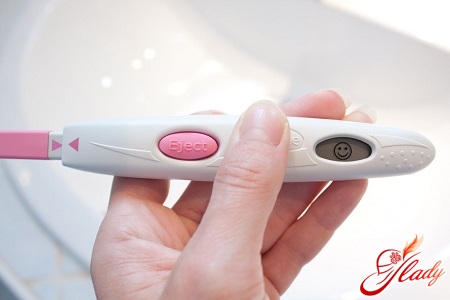 According to statistics, symptoms of cystitis are noted byevery woman has had it at least once in her life. How to recognize true cystitis, why this disease occurs - and how is it treated? Cystitis is one of the most common diseases of the genitourinary system, characterized by inflammation of the mucous membrane of the bladder. Both sexes suffer from this disease, but girls and women of childbearing age are especially susceptible to it. In the absence of pregnancy and concomitant pathologies of the urinary tract, cystitis in women is considered uncomplicated, but even in this case, treatment of the disease is an absolutely mandatory measure.
According to statistics, symptoms of cystitis are noted byevery woman has had it at least once in her life. How to recognize true cystitis, why this disease occurs - and how is it treated? Cystitis is one of the most common diseases of the genitourinary system, characterized by inflammation of the mucous membrane of the bladder. Both sexes suffer from this disease, but girls and women of childbearing age are especially susceptible to it. In the absence of pregnancy and concomitant pathologies of the urinary tract, cystitis in women is considered uncomplicated, but even in this case, treatment of the disease is an absolutely mandatory measure.
The main causes of female cystitis
A direct prerequisite for the development of cystitis may be the penetration of various types of mycoplasma or ureaplasma infections into a woman’s genitourinary system:
- E. coli (E .coli): found in patients in 70-95% of cases.
- Staphylococcus (Staphylococcus saprophyticus): is detected in 5-20% of women with cystitis.
- In other cases, cystitis is most often caused by less common Klebsiella bacteria (Klebsiella) and Proteus (Proteus mirabilis).
In addition to pathogenic bacteria, cystitis can also be caused by fungal microflora: trichomonads, chlamydia, mycoplasma, Candida fungi, etc.
Symptomatology of Cystitis in Women
Typical symptoms of cystitis are frequent andpainful urination, usually accompanied by a sensation of pain and burning in the urethra. A feeling of heaviness in the lower abdomen and a feeling of an incompletely emptied bladder may occur. Patients often experience an increase in body temperature to 37.5 °C. Urine with cystitis, as a rule, becomes cloudy; it may contain an admixture of blood, indicating the onset of complications. If the patient detects the above symptoms, she should immediately consult a doctor. An advanced disease can acquire a chronic form, which is much more difficult to treat.
Treatment of cystitis
The primary goal of therapy for cystitis- destruction of pathogenic microbes that provoked inflammation. For these purposes, special antibiotics are used (ofloxacin, levofloxacin, ciprofloxacin, etc.). Treatment of cystitis also includes mandatory physiotherapy procedures: inductothermy, phonophoresis, UHF, etc.









